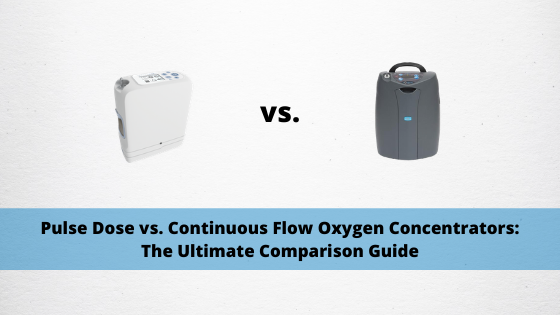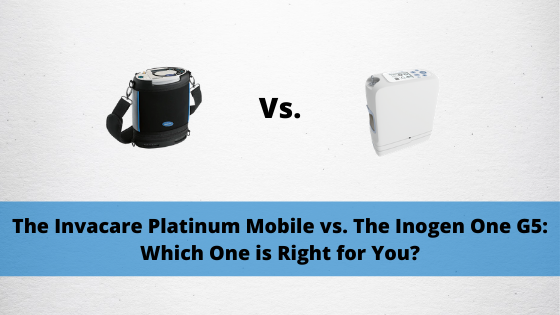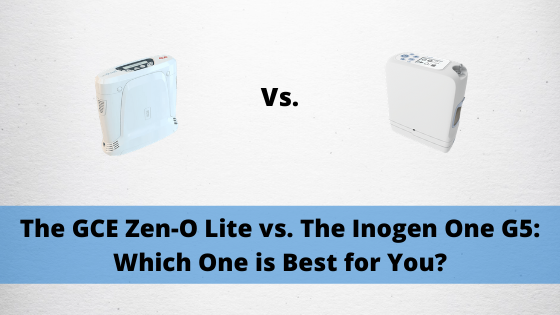Respiratory Resource Center - LPT Medical
Pulse Dose vs. Continuous Flow Oxygen Concentrators: The Ultimate Comparison Guide
If you suffer from any number of respiratory ailments,...
Read MoreThe Invacare Platinum Mobile vs. The Inogen One G5: Which One is Right for You?
If you’ve ever been tasked with finding an electronic...
Read MoreThe GCE Zen-O Lite vs. The Inogen One G5: Which One is Best for You?
If you’ve spent some time perusing the internet for...
Read More


